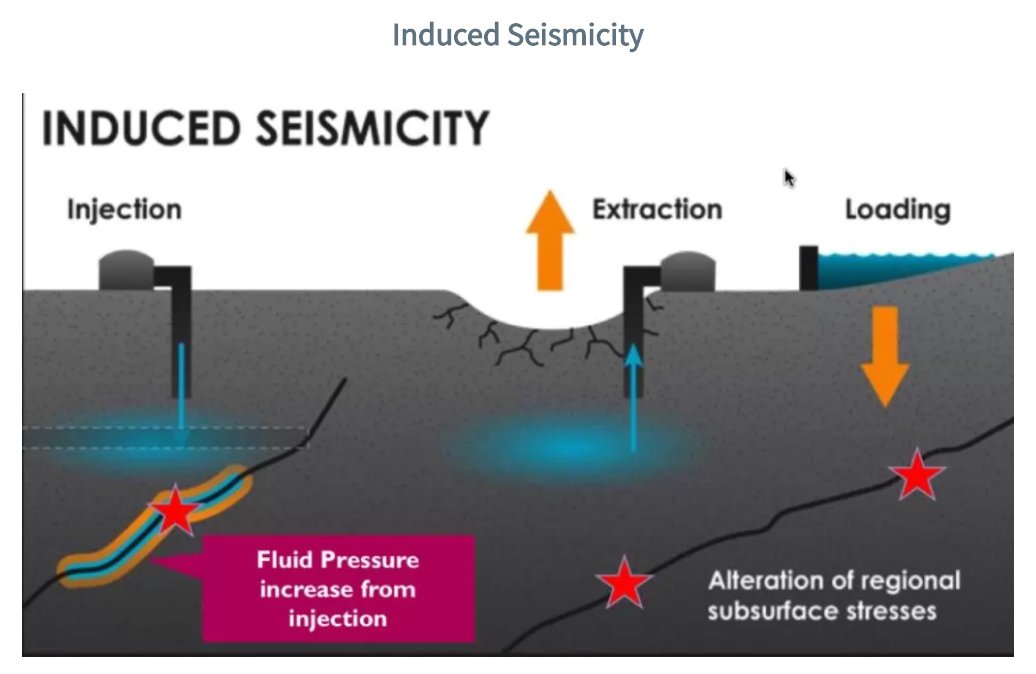

SENTINEL-GEO is a dual instrument. It is a premium-quality accelerograph with an embedded triaxial velocimeter, an excellent solution for weak- and strong-motion measurements simultaneously for structural monitoring and seismology with budget-sensitive constraints.
The instrument can be used for rapid deployment for H/V measurements in the field.The onboard MEMS triaxial accelerometer is synchronously sampled up to 1000 sps at a resolution of 20bit and exhibits a dynamic range > 85dB, and a self-noise < 18µg/√Hz can be synchronously sampled up to 500 sps.
The contribution, in terms of performance, given by the combination of the two sensors (accelerometer and velocimeter) is considerable. In fact, the greater sensitivity of the velocimeter provides better seismic information whereas the resolution of the accelerometer limits the latter and provides better results with strong motion events where the velocimeter would cause saturation.
The integrated memory bank (32 GB to 256 GB) allows you to manage a ring-buffer for long continuous recordings as well as event data.
The data format is MiniSEED.
The system implements sophisticated trigger criteria (STA/LTA and threshold) that distinguishes false events such as environment vibrations from true seismic events.
The internal GNSS receiver allows you to create a network where all the instruments are synchronized with the absolute time.
You can control SENTINEL-GEO locally via network connection (LAN or WiFi), and remotely using the integrated 4G modem (optional). The instrument can be used as a “stand-alone” unit to record seismic events in the field or it can be used in a MASTER-SLAVE based monitoring network where multiple instruments are connected to each other; SENTINEL-GEO is compatible with both the TRITON and ATLAS instruments, and this can be useful when a superior dynamics are needed, for example, as a near field unit.
Thanks to SeedLink protocol SENTINEL-GEO is compatible with most popular seismic analysis software (Seiscomp3, Antelope, Earthworm).
SENTINEL-GEO is powered by an external DC source (5 to 16 Volt DC) and it is equipped with its own internal battery (LiPo) which can guarantee an autonomy of 5 hours in case of a blackout. The battery is a standard 18650 and can easily be replaced. The internal HSPA modem (optional) is backed up by the internal battery.
SENTINEL-GEO comes in an anodized aluminum case which is rugged and shock-resistant and thus suitable for field applications. SENTINEL-GEO is designed with an adjustable mounting plate in order to simplify the instrument leveling.
 The enhanced dynamic range and the tuned sensors make the SENTINEL GEO ideal for the
local or regional seismicity monitoring.
The enhanced dynamic range and the tuned sensors make the SENTINEL GEO ideal for the
local or regional seismicity monitoring.
 Structural health monitoring is one of the main applications of SENTINEL GEO.
Structural health monitoring is one of the main applications of SENTINEL GEO.
With tall buildings, where heavy oscillations excite the structure and the amplitude
of physical signals is considerable, SENTINEL GEO performs well even if its dynamic
range cannot compete with that of Triton’s.
In a scenario like this, the only high dynamic (and thus more expensive)
accelerograph is placed on the ground floor, where the oscillations of the structure
are negligible.
SENTINEL GEO and Triton can be interfaced and controlled using our software for
Structural Health Monitoring of QUAKELOGIC.
A real-time report of the building and a post-earthquake evaluation of the
structural damage can be locally displayed or trasmitted remotely.
 Earthquake early warning concept is the rapid detection of earthquakes and the
alerting of people to shaking.
Earthquake early warning concept is the rapid detection of earthquakes and the
alerting of people to shaking.
SENTINEL GEO can detect the non-damaging P-waves and transmit the information about
tremors to an alarm center or directly to predefined users before the most damaging
S-waves arrive.
 Induced Seismicity refers to low magnitude earthquakes caused by human activity that
alters the stresses and strains on the Earth’s crust.
Induced Seismicity refers to low magnitude earthquakes caused by human activity that
alters the stresses and strains on the Earth’s crust.
SENTINEL GEO is suitable for this kind of survey.
You can have TRITON configured according to your needs
TRITON Velocigraph models available
Models are available in Triaxial, Biaxial or Monoaxial version
| Inputs | Differential |
| Channels | 3 low noise 24bit |
| Dynamic Range | >136dB@100Sps |
| Sampling Rate | 10,100,200,250,500,1000 Sps |
| Sampling Topology | Synchronous |
| Data Format | MiniSeed or Proprietary |
| Trigger | STA/LTA |
| Timing | Built-in GNSS receiver |
| Timestamp | Encapsulated in data |
| LAN | 10/100 ethernet port |
| WiFi | Optional built-in |
| Cellular Modem | Optional built-in |
| Power Supply | 9-28 Volt DC – power consumption < 2W |
| Back up Battery | Internal LiPo |
| System Autonomy w/o external supply | 33 hours |
| Configuration | Web Interface |
| Compatibility | Earthworm,Antelope,Geopsy,SeiscomP and SeisGram2K |
| Weight | 2Kg |
| IP protection | IP68 |
| Temperature Range | -40°C to +70°C |
* LiPo batteries can be discharged between -20°C to +70°C.
LiPo batteries can be charged between 0°C to +45C°.
If temperature exceeds these limits, the charging process is suspended.
